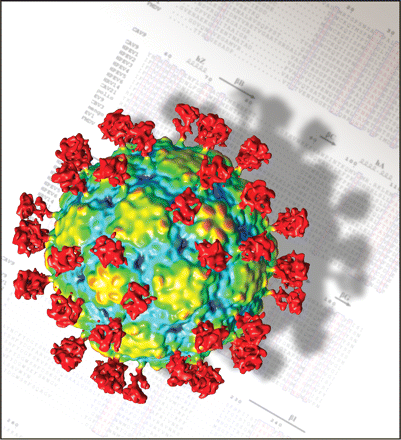
"The outbreak is Australia-wide now and we believe there are at least four types of the virus," the Queensland Paediatric Infectious Diseases (QPID) laboratory director told reporters in Brisbane.
"We don't know what type is in Queensland compared to other states."
Parechovirus is a respiratory and intestinal disease that causes fever, irritability, rash and diarrhoea, but severe cases can develop into hepatitis or encephalitis.
QPID Associate Professor Michael Nissen said the virus infected mainly infants, but no one was sure where it came from, how often it occurred or how to fight it.
"This virus does not respond to common antibiotics," he said.
But Prof Nissen said humans must have been able to fight it because it has been around for a long time - doctors just were not able to detect it.
The QPID laboratory has recently developed a test to identify the virus in patients within a day.
"It is important to diagnose the infection early and distinguish it from other possible causes," Prof Nissen said.
The next natural step would be developing a vaccine, but he said until then the best way for parents to avoid parechovirus was good hygiene around babies.
This included washing hands after going to the toilet, before eating, after wiping noses and after changing nappies.
"It's really common-sense stuff," Prof Nissen said.
Source: Australian Associated Press



...have they been considered? Any "outbreak" is always of concern - it is after all 2014 - humans as a species are supposed to have evolved and instead of curing disease - it appears to be increasing. There is no such thing as a co-incidence and any outbreak has a source - someone knows.
Much Peace ...